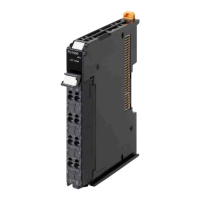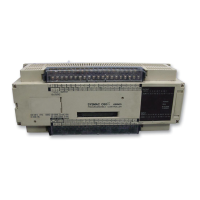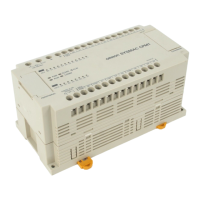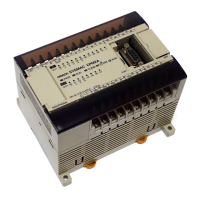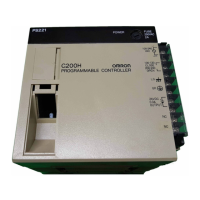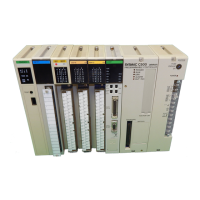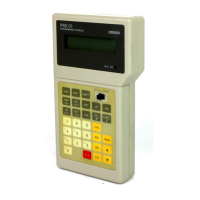Special Information
Special information in this manual is classified as follows:
Precautions for Safe Use
Precautions on what to do and what not to do to ensure safe usage of the product.
Precautions for Correct Use
Precautions on what to do and what not to do to ensure proper operation and performance.
Additional Information
Additional information to read as required.
This information is provided to increase understanding or make operation easier.
Version Information
Information on dif
ferences in specifications and functionality for Controller with different unit versions
and for dif
ferent versions of the Sysmac Studio is given.
Precaution on Terminology
• In this manual, "download" refers to transferring data from the Support Software to a physical device
and "upload"
refers to transferring data from a physical device to the Support Software.
•
In this manual, the directions in relation to the Units are given in the following figure, which shows
upright installation.
• This user's manual refers to "NY-series IPC Machine Controller Industrial Panel PCs and Industrial
Box PCs" as simply "Industrial PCs" or as "NY-series Industrial PCs"
.
• This user’s manual refers to the "built-in EtherCAT port on an NJ/NX-series Controller" or "built-in
EtherCAT port on an NY-series Industrial PC" as simply a "built-in EtherCAT port".
Manual Structure
10
NX-series Analog I/O Units User’s Manual for High-speed Analog Input Units (W592)
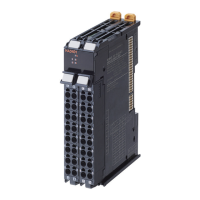
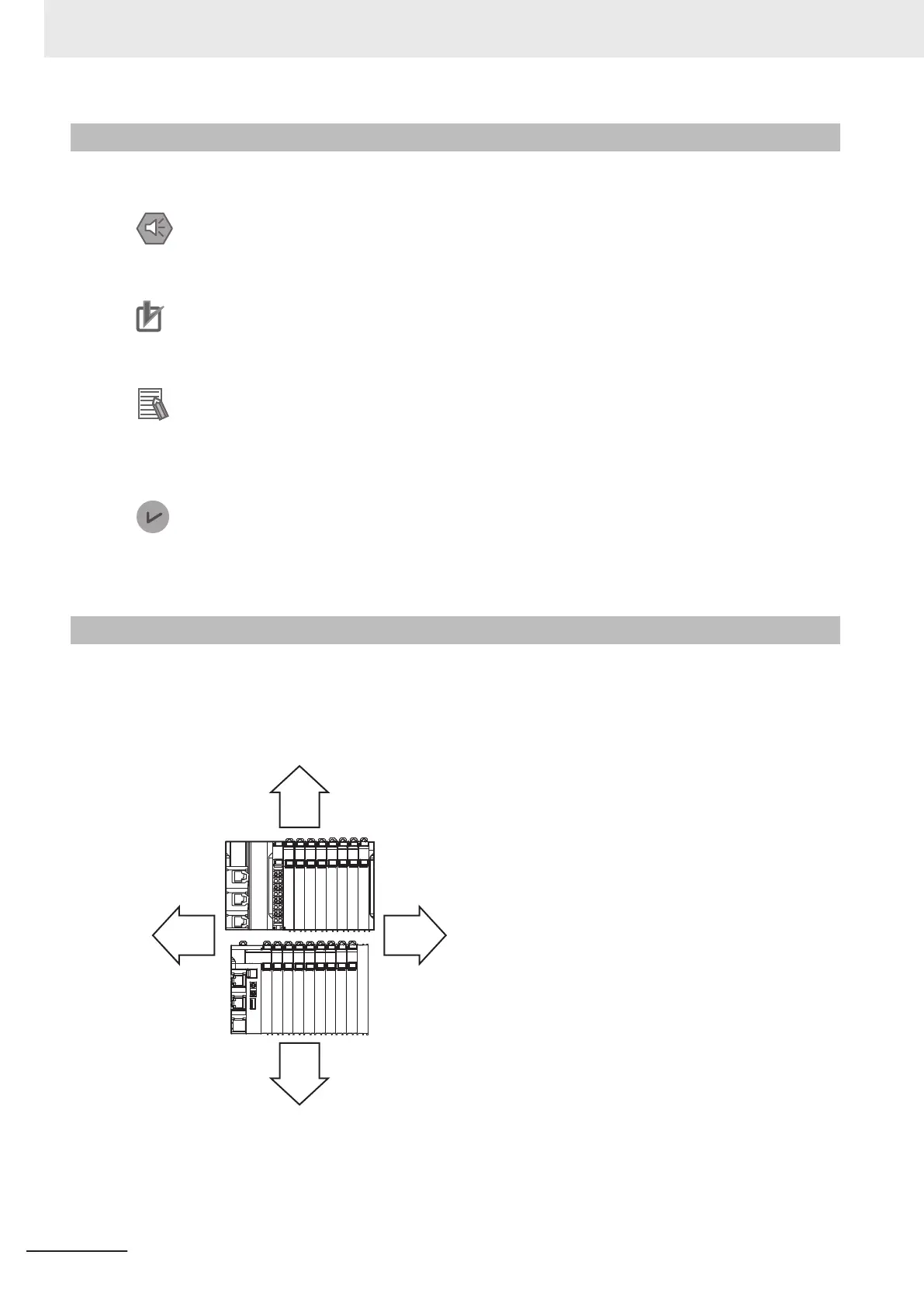